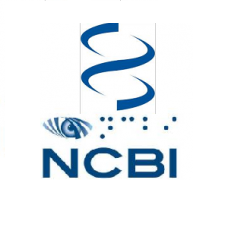SUMMARY AND FUTURE DIRECTIONS
The findings of this review support the notion of a prodromal state and a progressive course in bipolar disorder. This dynamic course fits in the model of clinical staging proposed by several authors (14, 134–137), which assumes that illnesses progress from an at-risk stage to a late and resistant stage. A positive family history of bipolar disorder, particularly if the parents have early-onset bipolar disorder, is the most significant risk factor for developing a bipolar spectrum disorder. Regarding prodromal symptoms, the most robust result is that subthreshold (hypo)manic symptoms are the strongest predictor of bipolar conversion, both in studies focusing on bipolar offspring and in community youths. Consequently, this translates into a need for screening for attenuated mania-like symptoms when assessing young patients seeking help for mood lability, anxiety, depression, or 10 ajp.psychiatryonline.org ajp in Advance EARLY INTERVENTION IN BIPOLAR DISORDER behavioral disorders, especially among bipolar offspring (138). Moreover, preliminary findings indicate that bipolar offspring with an aberrant inflammatory state or changes in the volume or activity of the amygdala may be more vulnerable to developing a mood disorder, suggesting a potential role for these alterations as putative biomarkers for disease prediction in individuals at genetic risk (121, 139).








